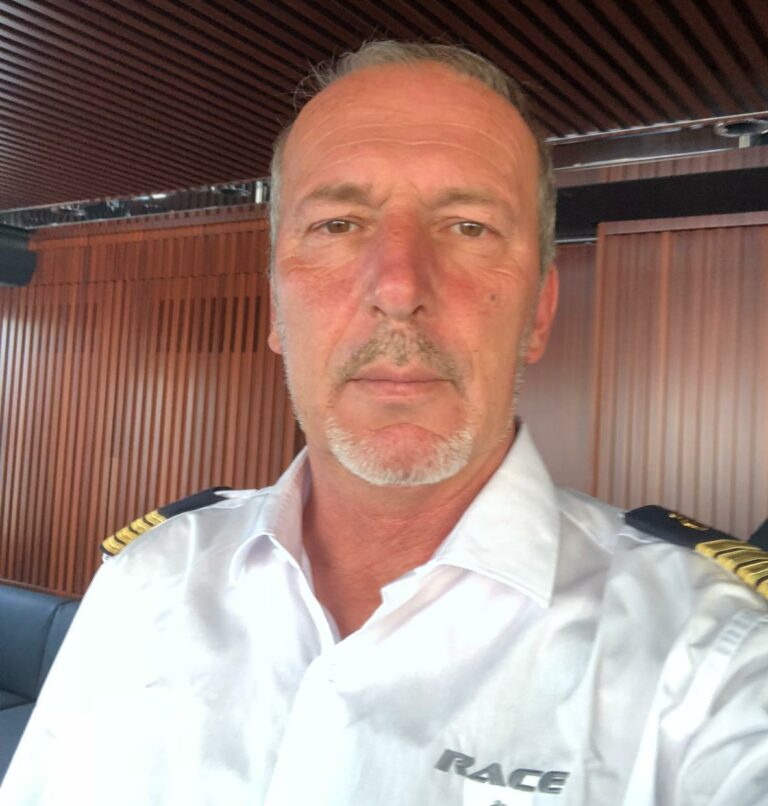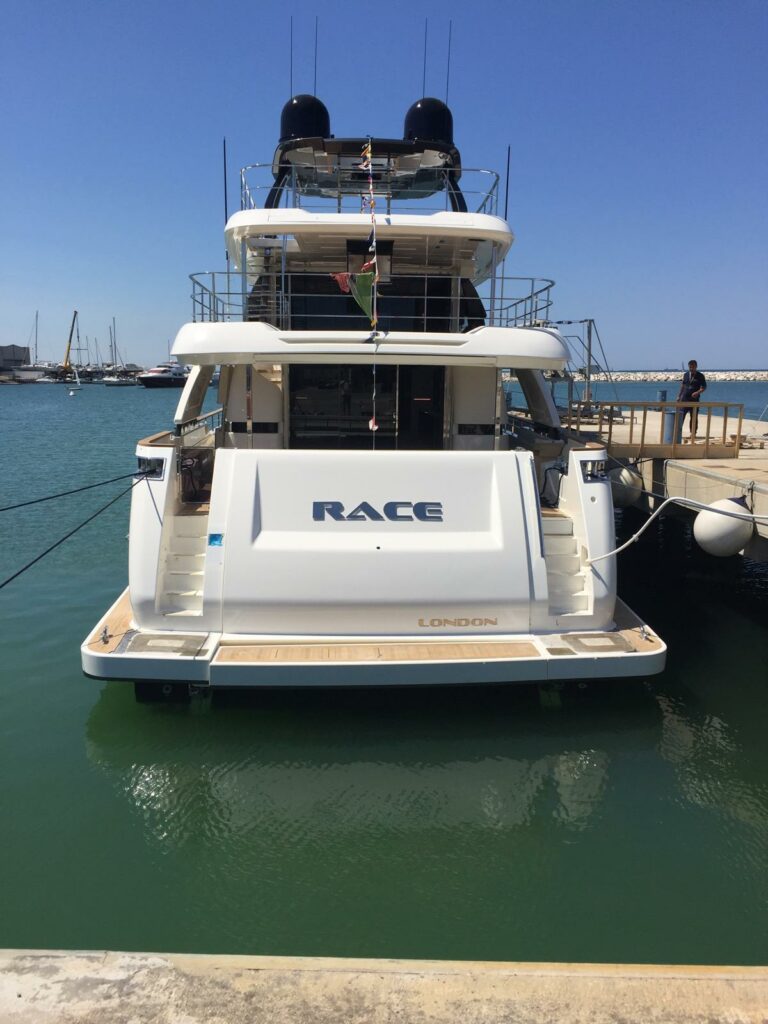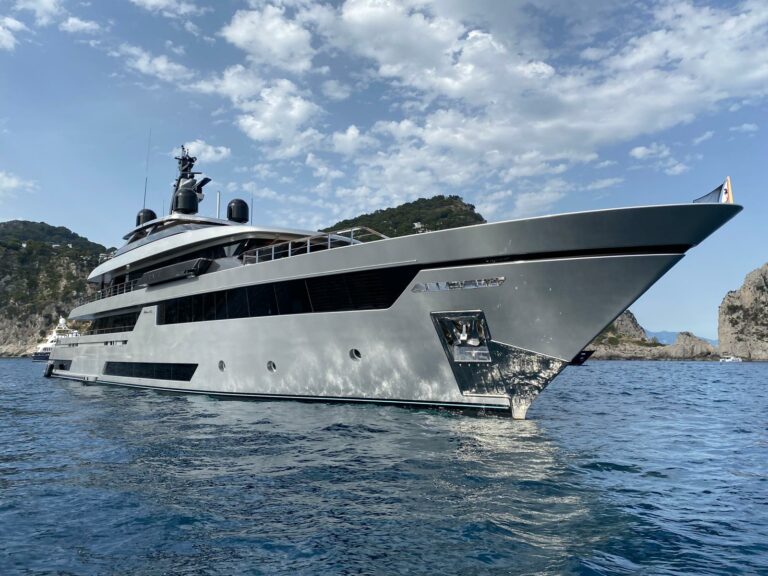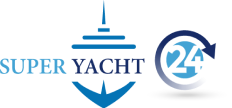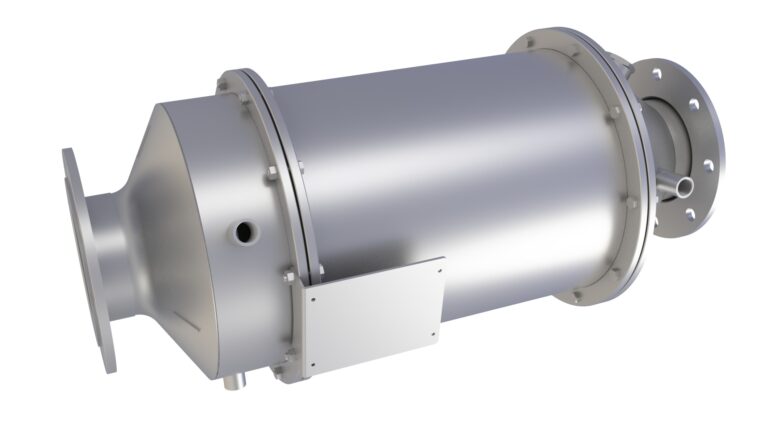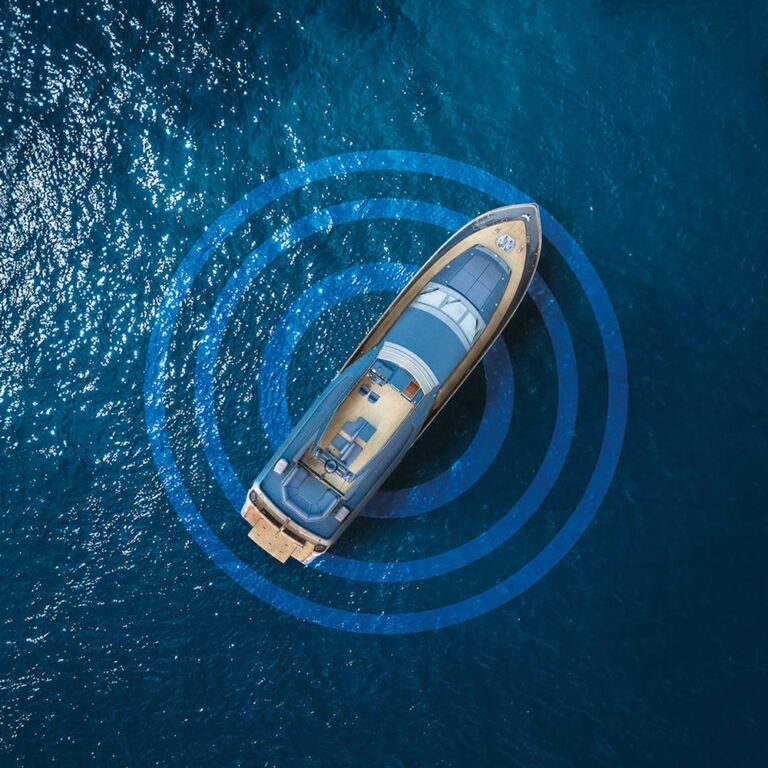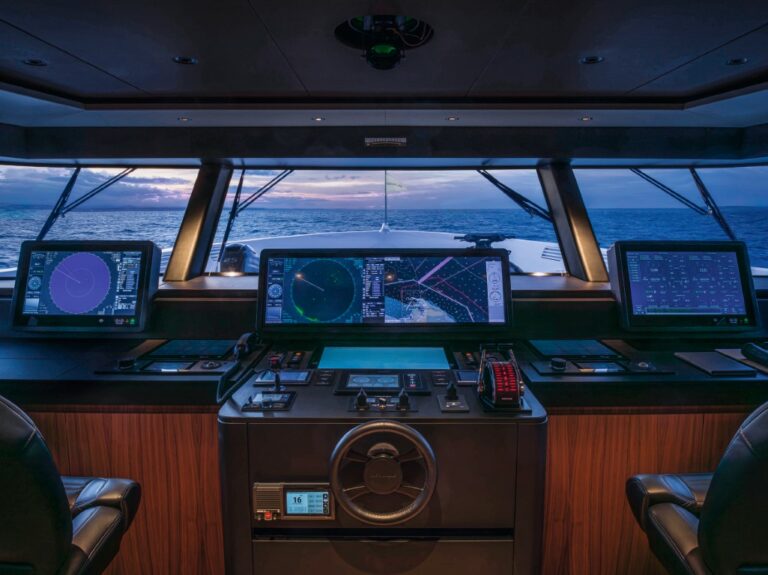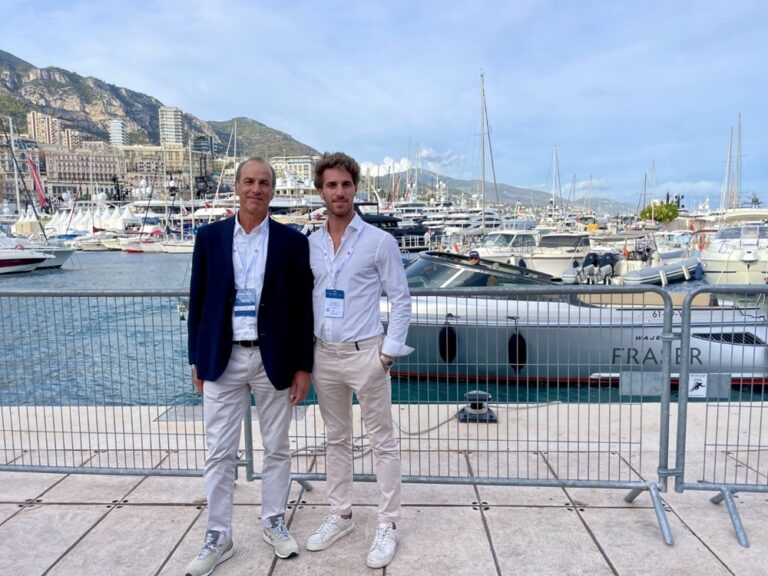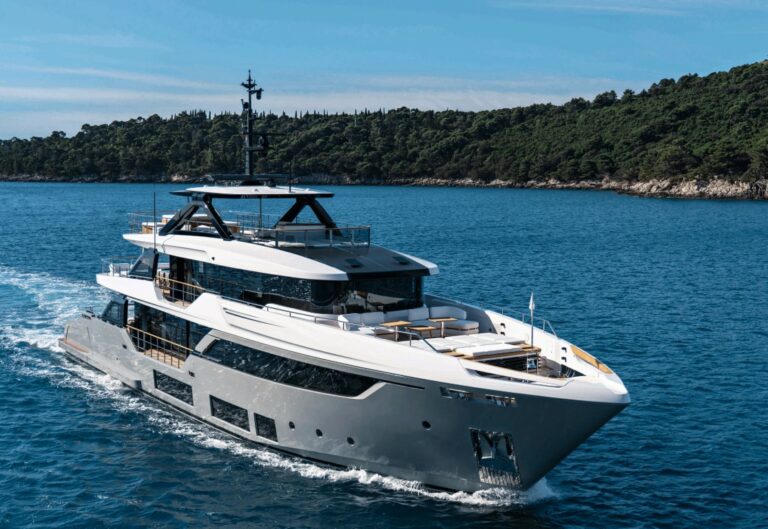“Continuous Innovation”: Captain Carlo Gabelli talks about his 30 years with shipowner Piero Ferrari
An interview with the man who studies and shares, alongside the expert businessman and yachting enthusiast, the developments and evolution of new boats and recreational ships, first designed, then built, and experienced
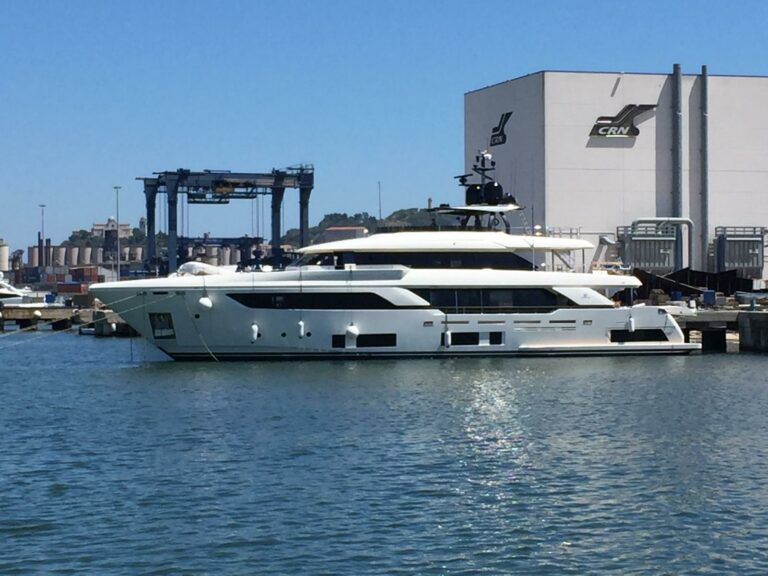
Shortly after his return from a long voyage with his shipowner, Engineer Piero Ferrari, vice president of the prestigious car company founded by his father Enzo, as well as holder of other important positions and a major shareholder in Ferretti Group, SUPER YACHT 24 interviews Captain Carlo Gabelli, highlighting a story of trust between the two that has lasted for over 30 years.
Captain Gabelli, such a long-standing relationship between a captain and a shipowner is quite rare. What have you both gained personally from it?
“My working relationship with Engineer Piero Ferrari began exactly on April 7, 1993. During this long period, I have certainly experienced significant growth as a captain and, as he himself acknowledges, he has also developed his experience and expertise as a shipowner. Over the course of more than 31 years, we have gone through 12 private boats, starting with smaller units and progressively upgrading until reaching the 50-meter Riva in 2019. We then decided to switch to a smaller boat this past May. This significant turnover, almost entirely consisting of prototypes developed by the engineer, has allowed me to gain vast experience. Today, we can confidently say that we have accumulated a considerable technical expertise together”.
Can you tell us how you met Piero Ferrari?
“I attended a technical institute, and during the summer breaks, I worked as a mooring assistant at the Rapallo pier, called by a friend. That’s where my passion for the sea began, along with the curiosity to see what lay beyond the breakwater. This passion eventually led me to pursue Italian maritime licenses and start a career with small boats. At that time, the engineer, after an unsatisfactory experience with a previous captain, was looking for someone well-trained, eager to work, and willing to improve. We connected through an agency that recommended me for the job. Our professional relationship began with a small boat, and then, with the escalation in boat size, I found myself commanding a recreational ship by 1997”.
What kind of boats does your shipowner prefer, and what characteristics should they have?
“The engineer is undoubtedly a demanding shipowner and a highly skilled technician, and the work he does speaks for itself. Since Ferrari is an Italian excellence, anyone on the team is used to giving their best, and he expects the same commitment on board. I would describe him as a passionate person whose dedication varies depending on the object and the performance he seeks. He is a man full of initiatives, always on the move, and based on his evolving needs, he looks for what he considers ideal to meet them, even in terms of yachts. After selling the 50-meter Riva, the largest yacht I’ve commanded so far, he chose a Riva 88 Folgore as his new vessel”.
How do you manage to maintain a high-level relationship with the crew?
“I am a very demanding person — I have to be, especially because my shipowner expects nothing less — but I believe it is essential to be flexible with the crew, allowing them, when possible, a bit more free time for leisure. This helps balance the sacrifices when work pressure and shifts become overwhelming. Keeping them constantly under pressure creates dissatisfaction, nervousness, and tension. The workloads are heavy, even on a 50-meter yacht, where space is limited, and everyone tries not to disturb one another for extended periods.
I always aim to have a loyal crew, with a solid core of skilled individuals in key positions, such as the chief engineer, the cook, and the chief stewardess. It’s crucial to form a team that works well together toward a common goal. Engineer Ferrari has always preferred to have people around him whom he knows and trusts”.
The lack of training among candidates and demanding work shifts are some of the main challenges facing the crew. How do you manage these issues, knowing they also impact the safety of the cruise?
“Unfortunately, there are no immediately available candidates with the right level of training, so it’s essential to avoid last-minute hires that might not be suitable. When a crew member leaves mid-season, it’s often better to make up for it with increased effort from the already loyal crew members. In these cases, it becomes even more important to find opportunities for the crew to rest and recover, ensuring that everyone’s safety is not compromised. On a private boat, the only solution is to make the shipowner aware and work together to ensure that the crew can have recovery days when needed”.
Do you think it would be beneficial to regulate this aspect to enhance cruising safety?
“I believe it’s an unrealistic goal because in our line of work, there are too many variables to establish fixed shifts or rest periods. For example, a boat at sea encountering unfavorable weather and sea conditions represents a constant commitment for the crew, who can never avoid these responsibilities”.
Yachting is always in a rush: shipyards must deliver, and owners want to depart and make the most of their vacation days. Is there a risk that safety might be compromised?
“The real work to ensure safety is done beforehand in the shipyard. All safety systems must be carefully designed and implemented. However, the technical timelines for construction are often underestimated, and the rush to deliver for an imminent departure can prevent the completion of all necessary tests and the proper training of the crew. It would be ideal to consider delaying the delivery, perhaps by a month, to allow the crew to gain full knowledge of the vessel. Only through hands-on experience can you truly learn and manage every aspect of the system effectively”.
As an expert involved in the development of new boats you will later command, what has yet to be improved during the construction phase of a yacht?
“I see risks related to the rapid and complex advancement of technology, something I experience firsthand since we change yachts about every three years. We are placing a lot of trust in technology and pushing toward the automation of systems, which carries the risk of not being able to intervene in case of a problem. It’s crucial to implement adequate training on these innovations, both in terms of safety and procedures. However, this need clashes with the challenges of managing deliveries, which already require numerous preliminary checks. As a result, it becomes difficult to acquire these skills within the necessary timeframes”.
If the safety of a yacht becomes more at risk due to the increasing number of ship control systems interfacing with the internet, what should be done?
“We need to stay ahead of this issue because it will become truly dangerous to go to sea without addressing the problem. I’m convinced that there is no awareness of this risk simply because a major incident hasn’t happened yet. From my experience, back in 2008, we had installed engines for the shipowner that could be monitored remotely by a technician who checked operating parameters 24/7 and could manage their use. Due to some issues that emerged, we decided not to use that system. Even now, to ensure safety, I prohibit access to technicians who need to intervene on equipment during navigation”.
Have you formed an opinion on what might have caused the sinking of the Bayesian?
“We can only speculate while investigations are still ongoing. It’s clear that there was a loss of stability in the vessel that led to the sinking, probably worsened by a waterspout that might have tilted the boat. It’s possible that water entered the ship; if no hull damage is found, we might assume it came in through an open hatch or port”.
Let’s return to you and your shipowner: what ideas and reflections led Engineer Ferrari to switch from a 50-meter to a 27-meter yacht?
“Engineer Ferrari seeks perfection. He loves to design, build, and oversee every phase of the work to create something that functions flawlessly, combining comfort and aesthetics. The 50-meter yacht, completely custom-made, was developed in 2015 and delivered in 2019; we had time to observe, review, and follow its construction. On that boat, Ferrari infused all his aesthetic ideals, while I applied my 30 years of experience, overseeing it technically from the start, including the choice of engines and equipment. The result was excellent, thanks to the synergy between the owner, the shipyard, and the captain.
Why the shift from a 50-meter to a 27-meter? It’s simply because Ferrari is accustomed to change, and right now he prefers a sportier, faster boat. We might conclude the season in Monte Carlo in September and then evaluate the next steps. We’re always evolving and never stop: this is the principle Ferrari constantly applies, as seen in his company’s cars, which are always innovating and never standing still”.
CLICK HERE IN ORDER TO RECEIVE SUPER YACHT 24’S NEWSLETTER REGULARLY
